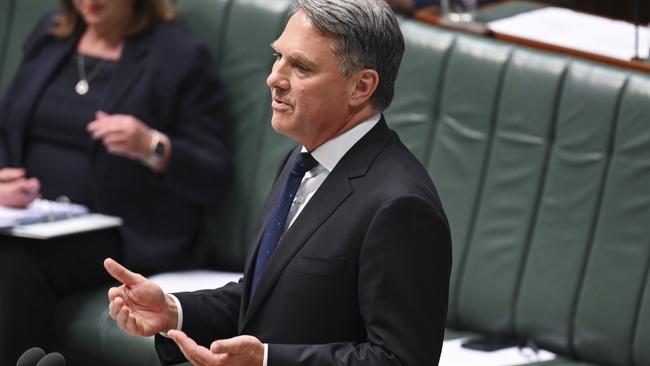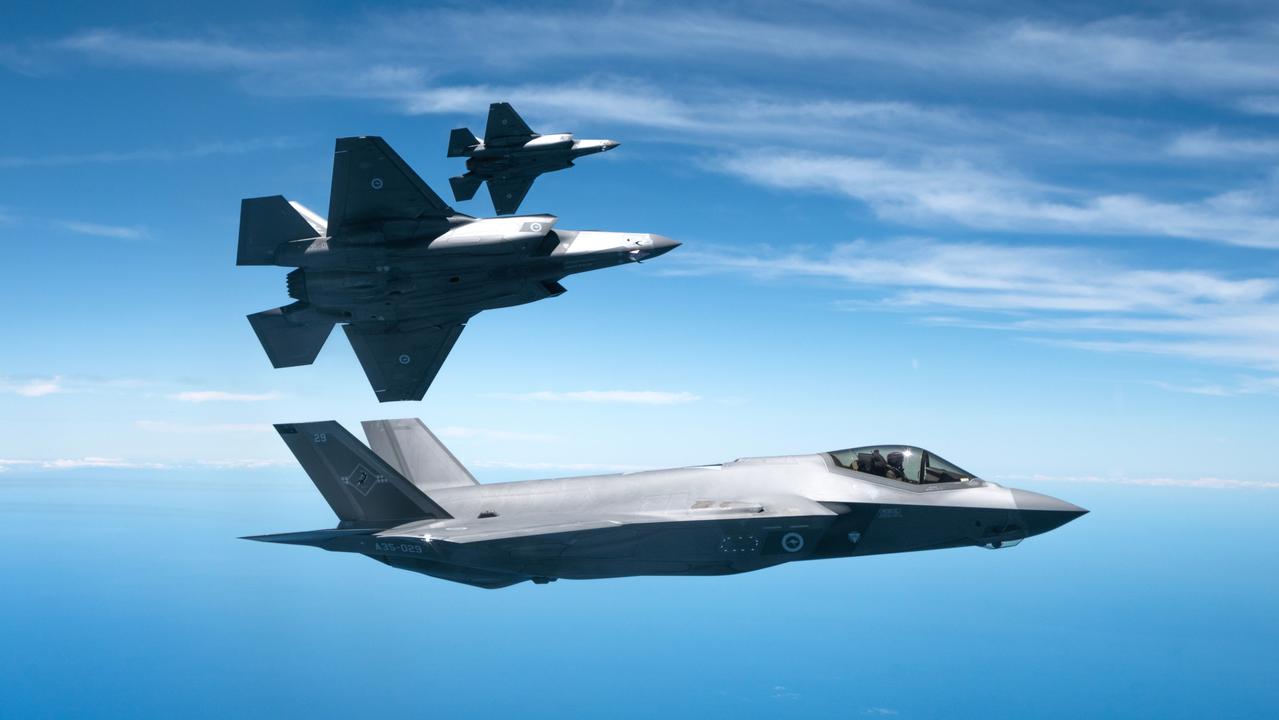Defence budget gloom sinks in
Defence’s spending plans far outstrip its income. Champagne taste on a beer budget – pick your metaphor – the bottom line is Defence can’t afford everything it wants.

“Gentlemen, we have run out of money, now we have to think”, is a quote attributed both to the physicist Ernest Rutherford and to Winston Churchill. The attribution is probably erroneous in both cases, but it’s a sentiment Deputy Prime Minister Richard Marles might express next time he sits down with the Chief of the Defence Force and the Secretary of the Department of Defence.
It may seem strange that an organisation getting $52.6bn of taxpayer dollars this year has run out of money, particularly when that sum equates to 2 per cent of GDP –the widely accepted (but entirely subjective) benchmark for spending that indicates a government is taking defence seriously.
The problem is not that Defence is broke; it’s that its spending plans far outstrip its income. Champagne taste on a beer budget – pick your metaphor – the bottom line is Defence can’t afford everything it wants. To be fair, it’s not solely Defence’s fault; governments set high-level spending priorities such as nuclear-powered submarines and sign off on spending plans.
Going into the Defence Strategic Review (DSR) commissioned by the Albanese government last year, analysts warned that Angus Houston and Stephen Smith would face “an exploding suitcase” when they looked into the defence budget. Indeed, their review confirmed that the department’s acquisition budget was overprogrammed by 24 per cent in the near term.
But the review didn’t recommend an increase in defence spending. Whether that was their writing instructions from the government or their own view is moot; the 2023-24 budget confirmed that there was no additional funding over the four years of the forward estimates beyond what the previous government had already set out. And that was a funding line first presented in the 2016 White Paper, back when we significantly less exercised about the Chinese Communist Party’s intentions and behaviours.
To put even more pressure on the suitcase, the DSR injected new spending requirements into the plan and the indications are it didn’t do the hard yards of working out what to remove to make room for them. That work has been left to the department and it won’t be completed until next year’s budget.
On top of that, the Albanese government continued the practice of the previous one of shifting defence funding to new priorities. Sure, the portfolio’s top-level funding line remained the same, but funds within it have been reassigned. With the Morrison government it was billions moved into cyber programs in the Australian Signals Directorate. With this one, it’s money going into Pacific aid and retention bonuses to stop the haemorrhaging of ADF personnel.
The core challenge is the DSR emphasised our lack of strategic warning time and the need to do things quickly in the next few years, but much of the department’s budget is already locked up. It’s a classic cash flow problem.
Some of the biggest cost drivers are untouchable, such as the AUKUS submarine program. That will cost $50-58bn over the coming decade according to the government. But that sum simply gets us to the handover of the first Virginia-class submarine; a decade of spending for no capability.
High profile DSR outcomes, such as the sharp reduction in armoured infantry fighting vehicles from 450 to 129, don’t help either in the near term since the remaining ones are to be acquired on the same schedule and require similar spending over the forward estimates.
Similarly, cuts to the controversial Hunter-class frigate program won’t help if they come at the back end of the program. That will only save funds in the late 2030s. Cutting the first vessels could free up a billion or so a year in the near term – provided the government can extricate itself from its contractual commitments to British company BAE which is designing and building the frigates. But since BAE is also designing the AUKUS SSNs, things could get rather messy with our AUKUS partner.
Defence is no different from anybody else; its dollars can only be spent once. That’s the economic principle of opportunity cost. Analysts have warned of the massive opportunity cost presented by the SSN program (and not just in dollars, but in people, skills, industrial capacity and attention). At the time of the SSN announcement, that was simply an abstract concept. As Defence goes through the exercise of cutting its plans to fit the procrustean bed of its fixed budget, the abstract is becoming a reality as programs fall by the wayside.
Armoured vehicles were cut during the DSR. Since then, the Navy’s helicopter drone program has been axed, leaving its largely impotent new offshore patrol vessel fleet with even less capability. No doubt more is to come.
Granted, there have been some acquisition announcements since the DSR such as the acquisition of a new fleet of C-130J airlifters and the selection of the new air battle management system. But the overall pattern is one of decisions being put on hold until Defence can develop a plan it can afford. That’s creating a sense of despair among small Australian defence companies who can’t manage another year of deferred cash flow.
In light of these pressures, Marles might be tempted to employ another apocryphally attributed quote, namely “insanity is doing the same thing over and over again and expecting different results”.
Defence’s obsession with megaprojects that take decades to define, design and deliver exquisitely capable yet massively expensive systems in extremely small quantities, often without the munitions needed to make them lethal and survivable, is a key reason we have gotten into this muddle. We’ll need to do business differently to get out of it.
-
Dr Marcus Hellyer is head of research at Strategic Analysis Australia.


